





 |
 |
 |
 |
 |
 |
| Terry Bowker | profile | all galleries >> Galleries >> Camera Obscura Chicago | tree view | thumbnails | slideshow |
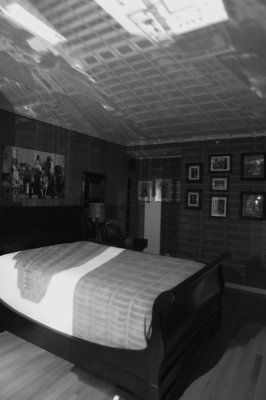 Camera Obscura Bedroom |
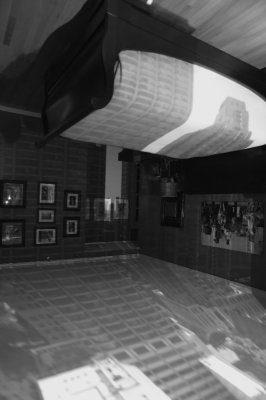 Camera Obscura Bedroom |
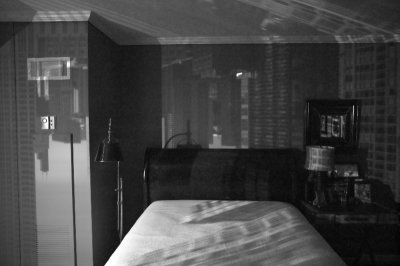 Camera Obscura Bedroom |
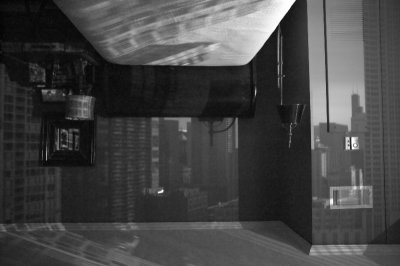 Camera Obscura Bedroom |
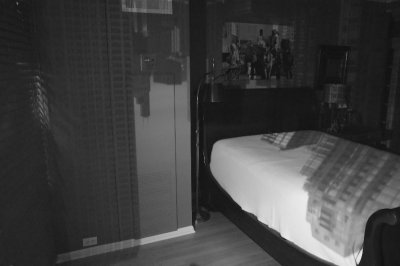 Camera Obscura Sears Tower |
 Camera Obscura Sears Tower |
 Camera Obscura |
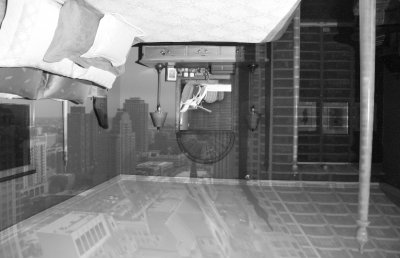 Camera Obscura (Chicago) |